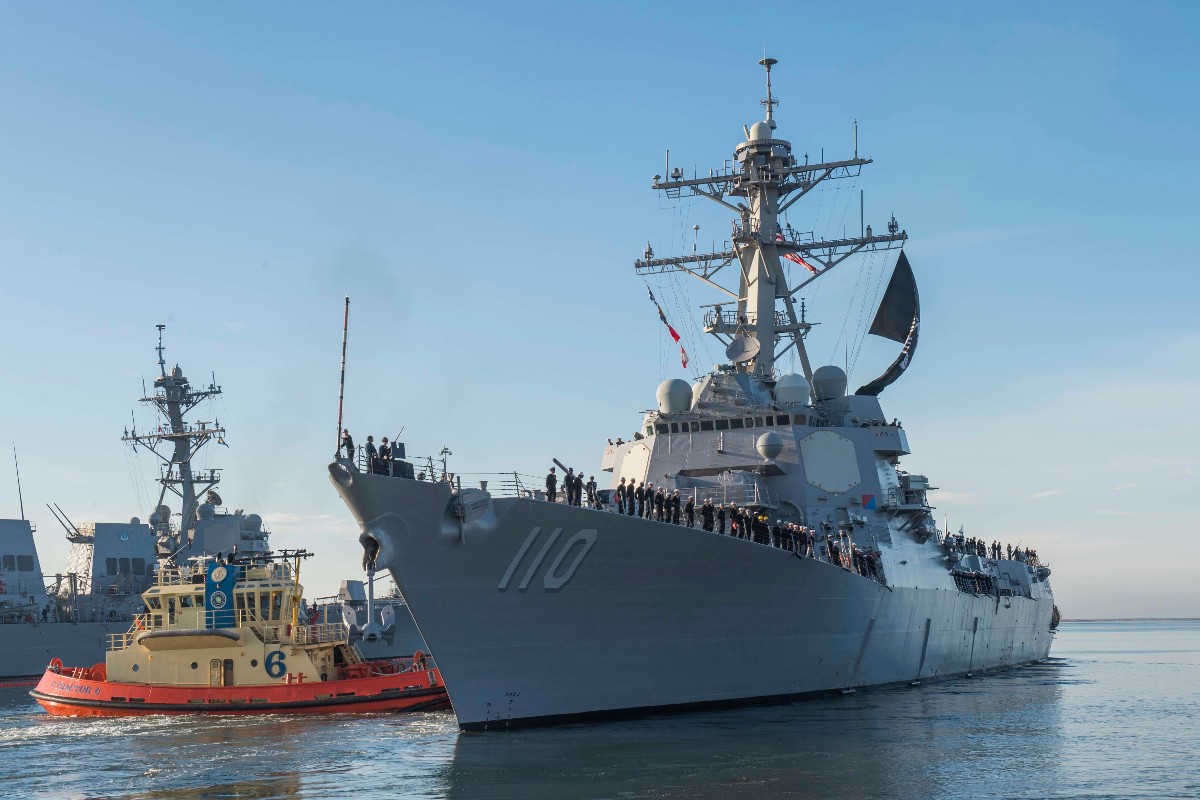 Courtesy of U.S. Navy
Courtesy of U.S. Navy
Event Recap: Nuclear Energy, Naval Propulsion, and National Security
On Tuesday, October 2nd the Center for Strategic and International Studies (CSIS) hosted a symposium with the Naval Historical Foundation to address the importance of nuclear energy in the navy. Admiral William J. Fallon of the Naval Historical Foundation, and ASP board member, was a chief architect in planning the event. The symposium hosted an array of distinguished guests including Admiral James Caldwell Jr. from the Department of Energy, Captain William Ostendorff USN (Ret.) from the US Naval Academy, Michael Wallace of CSIS, and Admiral John Richardson, Chief of Naval Operations, to name a few. The morning began with a detailed discussion regarding the history of the Nuclear Naval Propulsion Program and concluded with how the dwindling US commercial nuclear industry is negatively impacting the navy’s readiness capabilities and national security.
Admiral Caldwell, Captain Ostendorff, and Michael Wallace all warned about the declining industry’s implications on the navy. Caldwell stressed the value that nuclear energy has had, and will continue to have, for the readiness and maneuverability of carriers and subs. Nuclear power on vessels provide carbon zero, long lasting energy that allows vessels to move swiftly and effectively for long periods of time. Because crew mates are in such close quarters with plants inside vessels, the technology is tested, proven, and maintained at high standards, similarly to commercial plants. The benefits and safety of nuclear power is clear, but there has been an unprecedented decline in the private sector and in public trust.
Ostendorff explained this decline is largely due to cheap energy alternatives such as fossil fuels. Competing against fossil fuel prices essentially deem nuclear energy cost-defective. He noted that nuclear plants across the country are steadily closing, and the navy now has more nuclear plants at 101 than commercial ones at 98. Because of the decline, this leaves the navy with a smaller personnel and vendor pool to choose from. Ostendorff said the inability of the navy to meet their nuclear energy needs has left nonproliferation objects, nuclear security, and nuclear safety operations threatened. This deterioration has left a door open for other countries to strengthen their own nuclear power capabilities. He cited Russia eagerly seized this opportunity.
Wallace reiterated nearly the same concerns. “The time for discussion is over” he said. Wallace continued to discuss the national security implications Ostendorff touched upon. The US was the world leader in nuclear enrichment capacity and capability 30 years ago, but Russia holds that position today. Russia has become the chief nuclear exporting country of the world, and China is not far behind. Both countries have dozens, even hundreds, of planned nuclear plants within their borders or in other nations as partnerships. Wallace described this as a huge national security threat because China and Russia do not build their plants to the same standards as the US and because both nations are expanding their nuclear energy influence. Wallace explained the government, especially the president, must take bold and large-scale steps to address the issue and strengthen ties between the navy and private sector.
In sum, the symposium highlighted the decline of commercial nuclear energy and its threat to national security and the US Navy. Because the US has fallen behind as a nuclear power, other countries have stepped forward and are exercising their own nuclear capacities around the world. Without an immediate and bold change, the navy will continue to experience the consequences.





